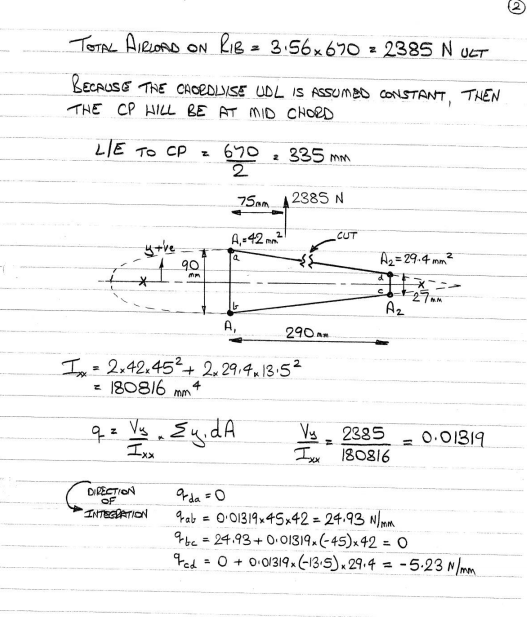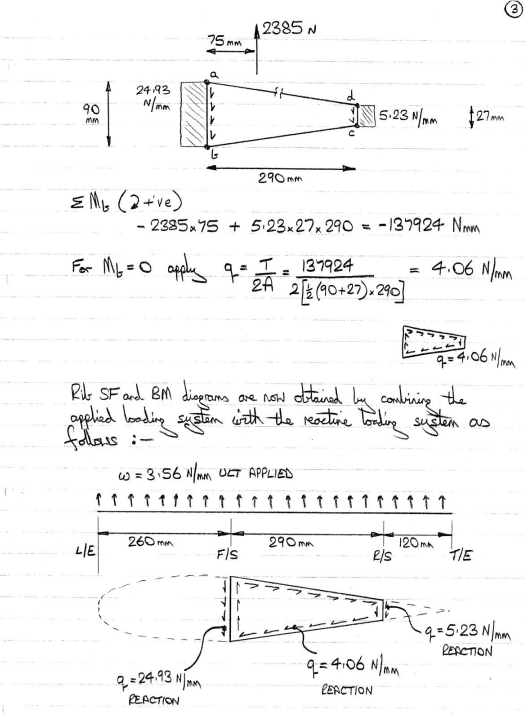Hello friends, I am having trouble with the estimation of the bending moment acting on an aircraft rib. The method shown in the images attached was given by a teacher at the university. I know how to do all the calculations up until the bending moment diagram, there I am struggling, since that was I've drawn bending moment diagrams was to use the areas under the curve of the shear diagram, but for this case that doesn't seem to work, or maybe I am doing something wrong ( most likely).
I really don't understand where the bending values are coming from.
Thanks in advance my friends




I really don't understand where the bending values are coming from.
Thanks in advance my friends





![[dazed] [dazed] [dazed]](/data/assets/smilies/dazed.gif) .
.![[ponder] [ponder] [ponder]](/data/assets/smilies/ponder.gif)